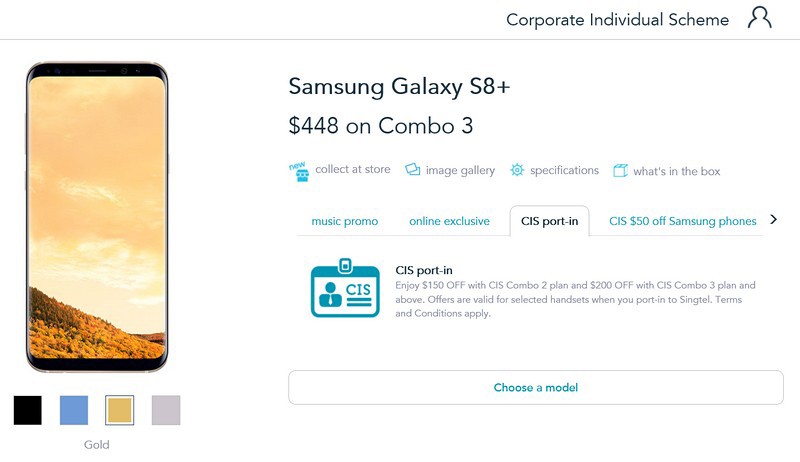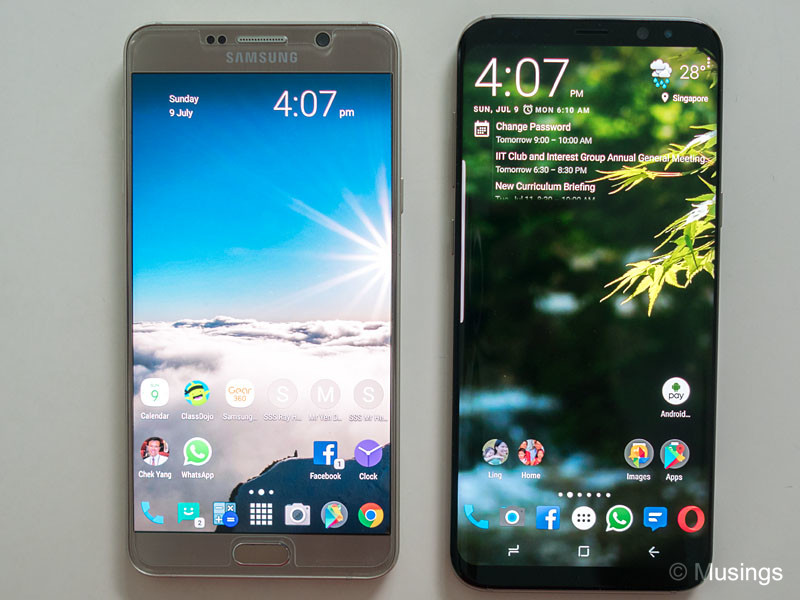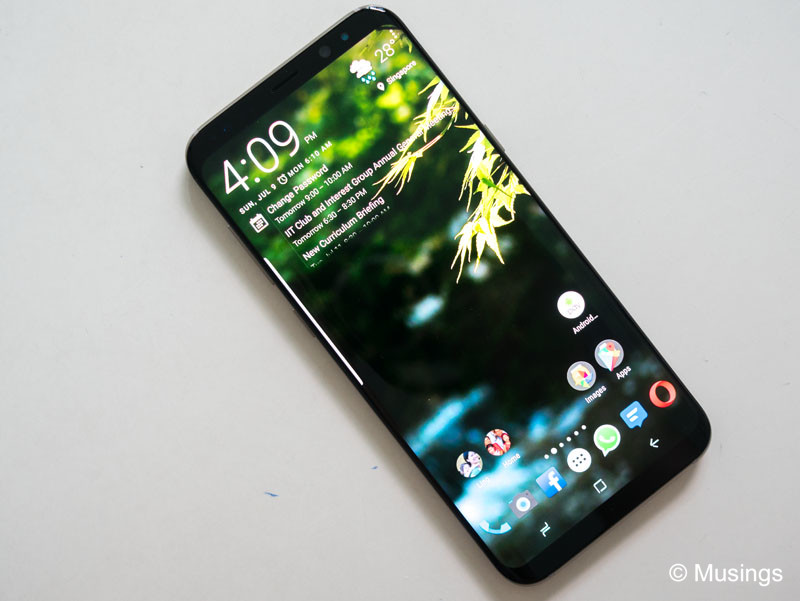If I had to name one characteristic of the Huawei Mate 9 that’s both great and also annoying at the same time, it’d be its rear fingerprint sensor. The sensor is located at the camera’s back and where one’s forefinger naturally rests. It hasn’t been just unfailingly accurate in recognizing my fingerprint, it’s also extremely sensitive – to the point that lightly brushing my finger over the sensor will instant-unlock the phone. The Mate 9 frequently unlocks in this fashion without my being aware, with all manner of functions also accidentally also triggering from the touchscreen as a result.
My phone plan was up for renewal this month, so I took the opportunity to not just continue with a new 2 year contract, but also migrate over to Singtel’s Corporate Individual Scheme – one of the nice perks of working where I’m at. The new plan approximately bumps up the tier of my current mobile plan to the next higher tier at no cost. Even better, there was also a hefty seasonal discount during the first week of July for selected phones – including SGD200 off the Samsung Galaxy S8+. So, the Huawei Mate 9 goes back in exchange for Samsung’s current top-of-the-line phone plus a small top-up fee.

And my comments after several days of usage of the new Samsung Galaxy S8+:
The S8+ has an usual aspect ratio, and the relatively skinnier girth of the S8+ also makes it slightly easier to hold than all three of my last phones – the Huawei Mate 9, Mi Max, and Samsung Galaxy Note 5. The taller than normal screen, coupled also with the QHD+ screen resolution and 6.2″ of screen estate, lets you see more web page content – though the ratio is also less effective for viewing photos and videos.
The phone feels very dense, and as is the current fashion for many top-line phones coming out of manufacturers these days, no creaks and joints are observed in the phone’s chassis. Like the Mate 9, the S8+ is begging for a case. Not having one is going to mean a high chance of the phone slipping from your grip and kissing concrete.
The phone’s thumbprint sensor has been widely criticized by many gadget reviewers, but I didn’t find it that bad. Sure, a larger fingerprint sensor and also one that’s not quite so close to the camera lens would had been better, but putting the phone in a case helps my forefinger feel where the sensor is.
The S8+ comes in different colors: black, blue, gold and grey. Unlike other Samsung phones, the front plate is a generic black in color regardless of the back plate color one chooses.
The phone supports PIN and iris recognition too. The face-recognition works so well though that that’s my default method of unlocking this phone now. Unlocking isn’t quite as instantaneous as the Mate 9, but a second lost from delay in exchange for not having the phone unlocked from accidental finger brushes is a good trade-off.
Many reviewers have remarked that the S8/S8+ super AMOLED screen is the best screen there is for smartphones, and I wholeheartedly agree! The Mate 9’s screen is no slouch, but the S8+ combination of color rendition, resolution, and contrasts in its screen – blows it right out of the water, and not even the current gen iPhones, good as they are, can match the S8/S8+. Like the Note 5, the maximum brightness level on the S8+ makes the display legible even in direct sunlight.
I really rather a bezel-less but flat display screen like on the Mate 9 and Note 5 than the curved one on the S8+. But oh well.
Samsung’s much talked about Bixby – their Google Assistant/Siri personal voice assistant equivalent – is gimped at the moment, as the voice client hasn’t been activated yet for local users LOL. But the image recognition module is lots of fun to play with. Basically, you use the phone’s camera to scan an object, and Bixby will attempt to recognize it and then produce a list of web sites that are related to that object. Pretty cool!


Next post here!
Recent comments